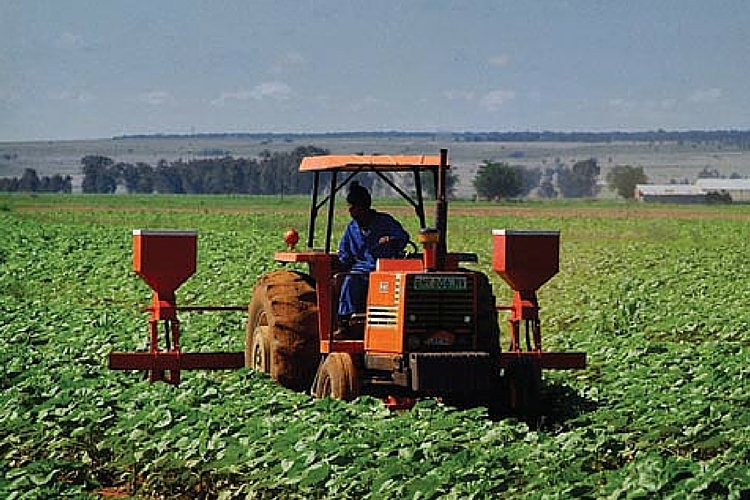
Early History of ‘Cash Crop’ Agriculture in Africa, 1880-1930
Prior to colonialism, food production in Africa was in the hands of African farmers who grew crops mainly for food production. Many explorers to Africa were more focused on acquiring and shipping raw materials to the western world and considered this the most efficient use of their resources. Over time this way of conducting business became expensive and they sought to diversify ways to increase their profits. More often than not, private companies such as the Royal Niger Company, Imperial British East Africa Company, and British South Africa Company incurred high costs in trying to set up a new administration that would protect their interests. These new administrations often introduced tax systems and laws that forced local farmers to grow crops they could openly sell on the local market in order to pay their taxes. This led to the introduction of cash crop agriculture in many parts of Africa.
Ghana and Nigeria
On the Gold Coast, cocoa became the key cash crop after it was introduced to the territory in the 1880s. The Gold Coast became the single largest producer of cocoa in the world and production continued to expand until the 1970s. Cocoa production in Ghana, was introduced to the Akwapim by missionaries. In Nigeria, the Yoruba were introduced to cocoa and the Hausa to groundnuts. While cocoa production was profitable for export it required large tracts of land and could take up to 15 years to mature.
Uganda
In Uganda, the British Cotton Growing Association encouraged the Ganda chiefly class to embrace cotton production. Prior to cotton becoming the key cash crop, the Buganda had exported slaves and ivory only and farming was primarily used for food production. While cotton production increased dramatically, food production declined as more farmers chose to plant cotton which would increase the value of their land. In Sudan’s Gezira region, cotton was also the major cash crop and Sudan’s Plantation Syndicate dictated the use of land to farmers by providing most of the financing. The focus on a single cash crop for a country of region left many Africans vulnerable during periods of drought, economic decline and falling world prices.
Kenya
In Kenya, most groups were pastoralists except in the fertile Rift Valley, where the settler government parceled out land to its people by clearing African inhabitants. Groups like the Kikuyu were displaced and moved to areas with poor soil and unfavorable climate known as reserves. The few Africans who continued to live on land designated for white settlers were treated as squatters who were required to work for the white farmer in return for living on his land for a specified amount of time, thereby offering cheap labor.
Early colonial government would actively support white farmers by providing them financial assistance, seeds, equipment, agricultural advice, startup loans and cheap transportation rates to transport produce using the railway. The white settler government actively sabotaged African farmers by making it illegal for them to participate in export trade of any cash crop and prohibited from growing specific cash crops like coffee or tea.
Zimbabwe
In Southern Rhodesia (now present day Zimbabwe), the white settlers settled for farming after failing to find large the large gold reserved they hope to. In 1923, they consolidated power and achieved self-governing status. In 1930, through the Land Apportionment Act, the white settler farmers were able to take 49 million acres of the most productive land while Africans were placed in 7.5 million acres of the worst land known as reserves. Most of white settler farmers grew cash crops for export.
This article serves as a foundation for understanding the land issue in many African countries such as Malawi.



2 Comments
by The Bantu
Sir,
I do not belive your referenxe to cocoa being introduced to akwapim by missionaries is factual. In Ghana it is known that the one who introduced cocoa was a native, one “tetteh kwashie”. He brough it from Fernando Po
This man has been revered since independence as a hero. Indeed, tetteh kwashie is even acknowlwdged in Akropong, one of the towns of the akwapims. There is a monument to teteh kwashie in akropong. There is even a major highway interchange named after this man in accra, the capital.city of ghana (tetteh quarshie interchange) I beleive you must double check your source and.correct this statement urgently otherwise we do a great disservice to a worthy ancestor.
Thank you.
by The Bantu
The following resource is helpful in clarifying this mixup:
https://en.wikipedia.org/wiki/Tetteh_Quarshie
Comments are closed.